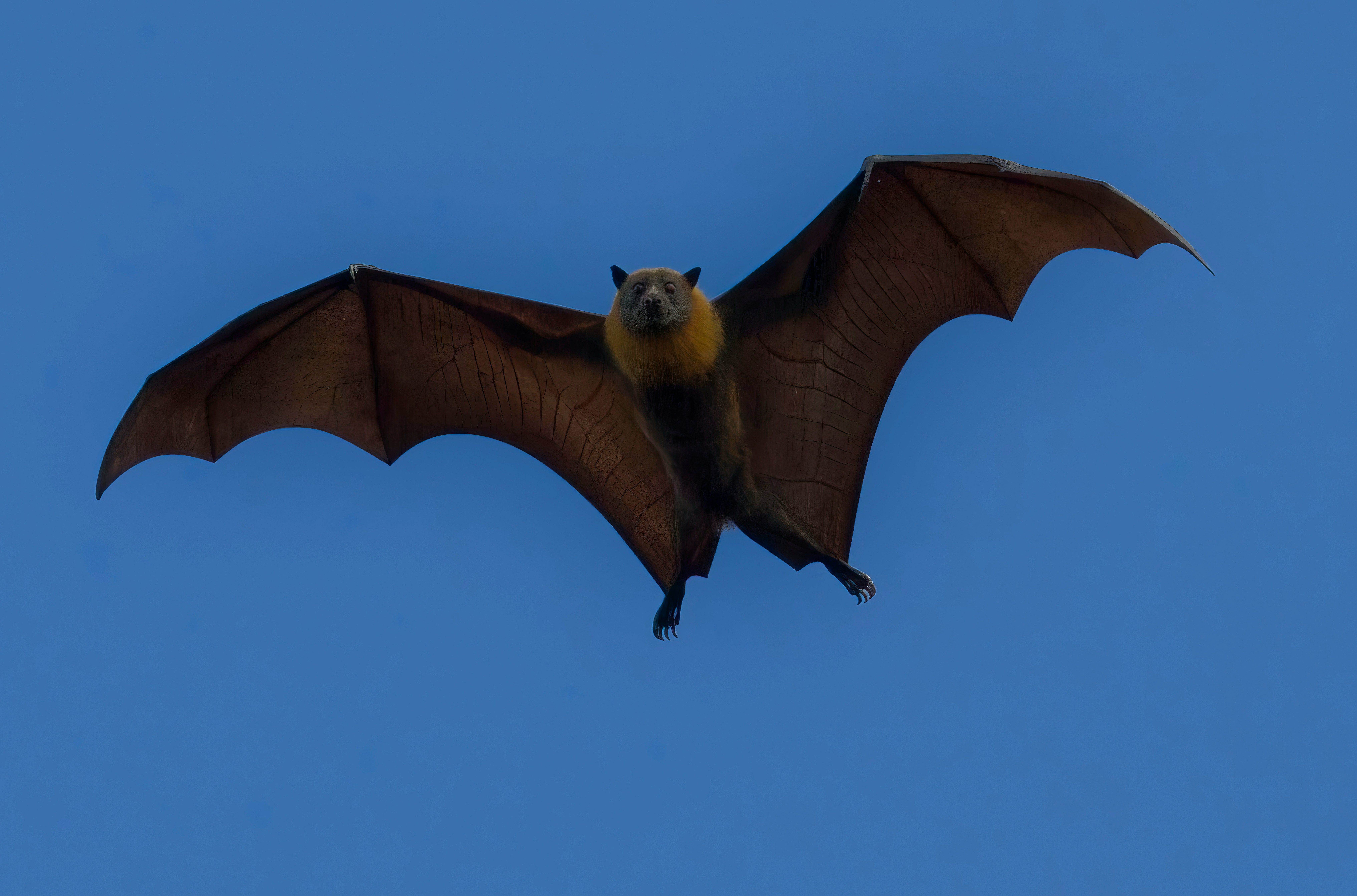Animals experience the world in ways humans can barely imagine. While we rely mostly on sight, many species depend on sound to navigate, hunt, and communicate. So what animal has the best hearing? Scientists have identified several creatures whose ears are nothing short of biological miracles.
Let’s explore which animals truly have the most remarkable hearing on Earth, and how they compare to us.
The greater wax moth – the most sensitive ears on the planet
The greater wax moth (Galleria mellonella) holds the record for the widest hearing range of any known animal. Research from the University of Strathclyde found that this small insect can detect frequencies up to 300 kilohertz, far beyond human capacity, which maxes out around 20 kilohertz.
This remarkable range allows the moth to hear ultrasonic calls from bats before being attacked. As explained by the BBC, this evolutionary adaptation gives it a powerful survival advantage in the night sky.
Bats – nature’s echolocation experts
If we’re talking about hearing precision, bats are masters of their craft. They use echolocation, emitting high-frequency sounds and reading the returning echoes, to form a 3D map of their surroundings in complete darkness.
According to the American Academy of Audiology, species like the horseshoe bat (Rhinolophus ferrumequinum) can distinguish details smaller than a human hair using frequencies between 1 and 150 kilohertz.
Their adaptive hearing allows them to change frequencies depending on the environment and prey type, giving them one of the sharpest acoustic toolkits in nature.
Elephants – masters of low-frequency sound
Elephants hear what humans can’t even perceive. Their large ears and unique bone structures allow them to detect infrasound, frequencies below 20 hertz.
These low vibrations travel through the ground, enabling elephants to communicate over several kilometers. Studies from IFAW suggest that herds respond to distant calls long before people nearby can hear them.
This deep-frequency sensitivity helps elephants maintain complex social connections, proving that “best hearing” isn’t only about high notes.
Owls – the precision hunters
Few animals can locate sound as precisely as the barn owl (Tyto alba). Its asymmetrical ears are positioned at slightly different heights, allowing it to detect minute differences in sound arrival time, sometimes as little as 20 microseconds.
The Audubon Society notes that owls can pinpoint the location of prey hidden under snow or leaves with nearly perfect accuracy. Their unique facial discs act like parabolic antennas, funneling sound directly to the ears for split-second reactions.
Dolphins – the underwater hearing champions
Underwater, sound behaves differently, and dolphins have evolved hearing systems perfectly adapted for it. They produce and detect clicks, whistles, and pulses across frequencies from 20 hertz up to 150 kilohertz, allowing them to "see" with sound.
Their echolocation is so advanced that they can identify objects, recognize species, and even differentiate between materials. Marine biologists at National Geographic describe dolphin hearing as one of the most sophisticated sensory systems in the animal kingdom.
Other animals with exceptional hearing
- Dogs hear up to 65 kilohertz, detecting high-pitched tones we can’t.
- Cats can perceive around 79 kilohertz, useful for hunting in low light.
- Whales use deep, low-frequency songs to communicate across oceans.
- Mice and rats rely on ultrasonic squeaks to alert each other of predators.
Each of these animals showcases a different adaptation of hearing, some for communication, others for survival.
How “best hearing” depends on context
There’s no single answer to what animal has the best hearing. The greater wax moth leads in frequency range, bats in spatial accuracy, elephants in low-frequency detection, and owls in sound localization.
Each has mastered hearing in a way that fits its environment. In a sense, nature doesn’t choose one champion but creates specialists for every niche.
If you’re fascinated by sound, check out RadioGuideFM’s guide on live music near me this weekend to explore how humans create and experience sound in their own environments.
FAQ: animals with the best hearing
Which animal can hear the farthest distance?
Elephants can hear calls up to ten kilometers away thanks to their sensitivity to infrasound that travels through the ground.
Can animals hear better than humans?
Yes. Most animals have wider hearing ranges than humans. Dogs, bats, and dolphins all detect frequencies that are inaudible to us.
What land animal has the best hearing?
Owls are generally considered the land animals with the most accurate directional hearing, allowing them to detect and strike prey in total darkness.
Listening beyond human limits
From moths that hear predators before they attack to elephants communicating through the earth itself, the diversity of hearing in nature is breathtaking. These creatures remind us that sound isn’t just something we perceive, it’s a vital tool for survival and connection.
So the next time you listen to music or the sound of the world around you, remember: somewhere out there, another species is hearing things far beyond your imagination.







.jpg)